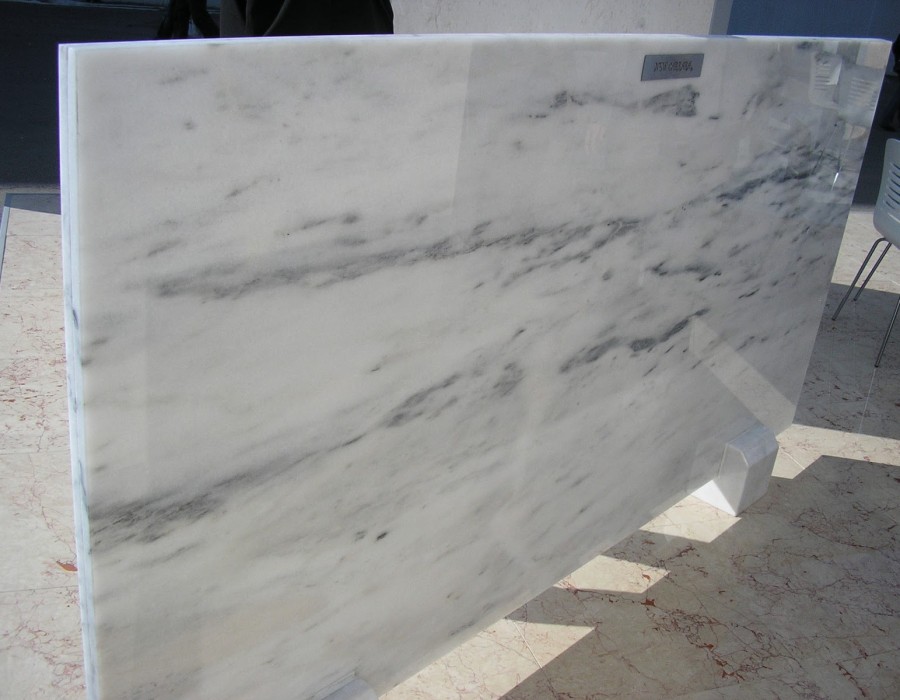India, a country rich in heritage and craftsmanship, has long been recognized for its architectural diversity and elegant building materials. Among these, marble holds a prestigious place. Indian Carrara marble in India known for its beauty durability and versatility has emerged as a popular choice in both traditional and contemporary Indian homes. While the term “Carrara” is historically associated with Italian marble, Indian Carrara offers a similar aesthetic with a more accessible price point, making it a favored material across the Indian subcontinent.
Origins and Characteristics of Indian Carrara Marble
Indian Carrara marble is primarily quarried in Rajasthan, especially around the Makrana and Kishangarh regions. Though it is inspired by the famous Italian Carrara, Indian Carrara has distinct characteristics. It typically features a soft white or off-white base with light grey or beige veining, offering a subtle yet sophisticated appearance. Its uniformity and refined texture make it suitable for a wide range of applications, from flooring to countertops and wall cladding.
What sets Indian Carrara apart is its ability to balance elegance and practicality. It is not only visually pleasing but also heat-resistant, durable, and relatively low maintenance. These features make it ideal for Indian climatic conditions, especially in regions experiencing high temperatures.
A Legacy in Traditional Indian Architecture
Marble has long played a vital role in India’s architectural history. The Taj Mahal, one of the most iconic structures in the world, is a testament to the timeless beauty of white marble. While Makrana marble was used in its construction, the inspiration for using light-hued, veined marble continues in modern iterations like Indian Carrara.
In traditional Indian homes, marble has been a symbol of luxury, wealth, and purity. Temples, havelis (traditional mansions), and royal palaces often incorporated marble flooring, pillars, and sculptures. Indian Carrara, with its soft veining and glossy finish, mirrors this traditional aesthetic, making it a popular choice for homeowners looking to recreate classic grandeur. It is commonly seen in pooja rooms (prayer rooms), courtyards, and staircases—areas that traditionally showcase craftsmanship and spiritual importance.
Bridging the Gap: Indian Carrara in Modern Homes
While traditional homes highlight ornate detailing and historical elements, modern Indian homes focus on minimalism, functionality, and open spaces. Indian Carrara marble bridges these two worlds beautifully. In contemporary architecture, it is used for its ability to create clean, elegant lines while still adding a touch of luxury.
Open-plan living spaces with Carrara marble flooring exude sophistication without overwhelming the space. The natural light reflection from the marble enhances the spaciousness of modern interiors. It is also commonly used in kitchens and bathrooms, where its moisture resistance and ease of cleaning are highly valued.
Furthermore, Indian Carrara complements modern materials like glass, wood, and metal, making it a flexible design element. Whether paired with warm wooden cabinets in a kitchen or used as a statement wall behind a sleek staircase, its versatility allows it to adapt to various interior design themes—from Scandinavian and industrial to Mediterranean and bohemian.
Affordability and Accessibility
One of the reasons for Indian Carrara marble’s widespread popularity is its affordability compared to imported marbles. Indian quarries and processing facilities make it easier and more cost-effective to access high-quality marble without compromising on aesthetics. This accessibility has contributed to its use across a broad demographic—from luxury villas to middle-class apartments.
Additionally, advancements in cutting and polishing technology have improved the quality and finish of Indian Carrara marble, making it a viable alternative to premium international options. This makes it an ideal material for homeowners and architects looking to incorporate natural stone on a budget.
Sustainability and Longevity
Sustainability is increasingly becoming a key factor in building material selection. Indian Carrara marble, being a natural stone, is more environmentally friendly than synthetic materials. Its longevity also adds to its sustainable appeal—when maintained well, it can last for decades, reducing the need for frequent replacements.
Moreover, because it is sourced locally, Indian Carrara marble reduces the carbon footprint associated with long-distance transportation. This makes it a more eco-conscious choice for environmentally-aware homeowners and builders.
Conclusion
Indian Carrara marble holds a unique place in the design and architecture of Indian homes, seamlessly blending the opulence of traditional design with the clean aesthetics of modern architecture. Its beauty, durability, and cost-effectiveness make it a favored material across generations and styles. Whether used in a temple alcove in a centuries-old haveli or in the sleek kitchen of a modern urban apartment, Indian Carrara continues to elevate Indian living spaces with timeless elegance and enduring charm.
As design preferences evolve and sustainability becomes a top priority, Indian Carrara marble is well-positioned to remain a cornerstone of Indian architecture—resonating with the past while embracing the future.





Comments